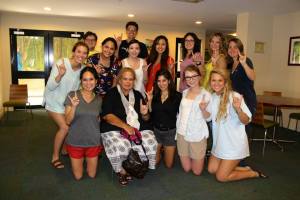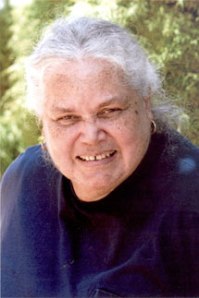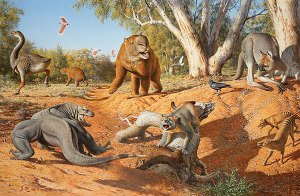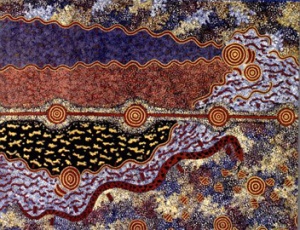Mary Graham, a lecturer and Kombumerri person (Aboriginal from Gold Cost, AUS) discussed Aboriginal culture with my class Tuesday, May 22nd. During her talk, I learned about Aboriginal genesis stories & Aboriginals’ relationship with the environment.
Land Made Us
Graham was given permission by her Aboriginal peers to share the following Dreamtime story – Many of which are sacred. I’m confident 90% of the below is accurate according to what she said heheh (*nervous laugh).
Approximately 15,000 years ago, there was nothing but land on a flat Earth – no flora nor fauna. Around that time though, life forms began to arise from the land. These beings took the forms of megaflora & megafauna (enormous plants & animals). The flora & fauna shaped the land and each other through their own personal dramas (adventures, battles, etc.).
The last life form to emerge from the land was a proto human. Just like they did to the land and each other, the flora & fauna helped develop the proto human.
With time, the megaflora & fauna returned home as normal-sized plans & animals came to be. At that time is when life started.
Although variations in this story arise among different tribes, the notion that land created plants & animals, which in turn created man, remains consistent as a major theme. In Aboriginal culture there is no God, heaven nor hell.
How to Address Climate Change
Graham spoke a good deal on effective ways in communicating climate change. I assume most of these methods bare effectiveness especially in the Aboriginal community. From what I understand, according to Graham, understanding the science is perhaps less important than the following:
- Accept uncertainty
Graham said it’s important to realize anything is possible and although one may feel strongly about his/her theory, it’s vital to recognize others theories – even the unthinkable ones. She mentioned Aboriginal culture is non-judgmental and all perspectives are considered valid.
- Mental preparedness
Also essential is being psychologically strong in the midst of environmental disaster. Graham said along with being able to cope during a hurricane, tsunami, etc., one must be resilient when dealing with aftermath.
During her talk, Graham said Aboriginals don’t believe in faith, just a psychology of life. For some reason, this has stuck with me.

Study abroad group & Mary Graham – Throwing up our horns Photo cred: Rachel Robillard
‘Till next time



